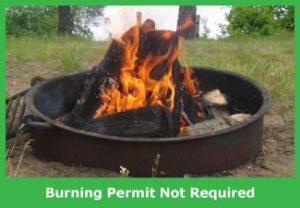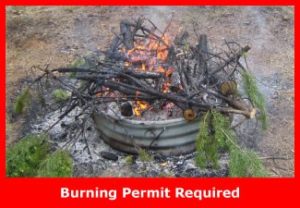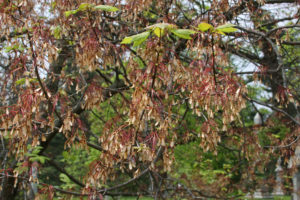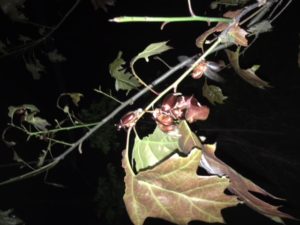The first step in campfire safety is to understand the difference between a campfire and a fire to dispose of debris.

A campfire is kept small and used for cooking or warming.
• Campfires are solely for warming or cooking purposes, are smaller in size and comprised of clean and dry wood, contained within a designated fire ring or surrounded by rocks. Campfires are allowed anytime, except when Emergency Burning Restrictions are in effect.

Burning in a fire ring with the intent to eliminate debris is not a campfire.
• Burning in a fire ring with the intent to eliminate debris is NOT a campfire and does require a burning permit in DNR protection areas. A permit can be obtained from your local Emergency Fire Warden, or from the website http://dnr.wi.gov keyword “burn”, or by calling 1-888-WIS-BURN (947-2876).
No matter what type of outdoor fire you have, check the daily burning restrictions for your area before ignition and never leave a fire unattended. Don’t forget that embers can remain hot for days after the fire has burned down to ashes, so make sure to use plenty of water and stir the ashes to ensure they are out cold. Remember, you may be held responsible for all suppression costs and potentially any damages associated if your fire escapes.


